The quest for sustainable energy solutions has led scientists to one of nature's most elegant processes - photosynthesis. For billions of years, plants have perfected the art of converting sunlight into chemical energy, and now researchers are working to replicate this miracle in the lab. Artificial photosynthesis represents one of the most promising frontiers in renewable energy technology, offering the potential to produce clean fuels directly from sunlight, water, and carbon dioxide.
Unlike conventional solar technologies that generate electricity, artificial photosynthesis aims to store solar energy in chemical bonds, much like plants do. This approach could solve one of renewable energy's greatest challenges - the intermittency of sunlight. By creating liquid fuels through artificial photosynthesis, we could have energy-dense, storable alternatives to batteries that work when the sun isn't shining.
The fundamental chemistry behind artificial photosynthesis mirrors natural processes but with human-engineered materials. Where plants use chlorophyll to capture photons, artificial systems employ specialized semiconductors or molecular complexes. These synthetic light absorbers must be precisely tuned to specific wavelengths of light while remaining stable under prolonged illumination. Recent advances in nanotechnology have yielded materials that can perform this function with increasing efficiency.
Water splitting represents the first critical step in artificial photosynthesis. When sunlight hits the system's photocatalyst, it generates electrons and holes that drive two separate reactions: the oxidation of water to produce oxygen and protons, and the reduction of protons to form hydrogen. While this sounds straightforward, the chemistry is remarkably complex. Natural photosynthesis accomplishes this through a sophisticated manganese-calcium cluster called the oxygen-evolving complex - a structure that chemists have struggled to replicate synthetically.
Recent breakthroughs in molecular engineering have produced catalysts that can perform water oxidation at reasonable rates. Cobalt and nickel-based catalysts have shown particular promise, operating at neutral pH and ambient temperatures - conditions far more practical than earlier systems requiring extreme acidity or alkalinity. These developments have brought artificial photosynthesis closer to commercial viability, though challenges remain in scaling up these processes economically.
The hydrogen produced through water splitting represents just half of the artificial photosynthesis equation. To create truly useful fuels, researchers are working to combine this hydrogen with carbon dioxide to form hydrocarbons - essentially producing artificial fossil fuels without the geological timescale. This carbon fixation process presents its own set of challenges, requiring precise control over chemical pathways to produce specific desired molecules rather than random carbon chains.
Several approaches to CO2 reduction are currently under investigation. Some systems use modified versions of natural enzymes like formate dehydrogenase, while others employ entirely synthetic catalysts based on transition metals. The most successful systems can now produce simple hydrocarbons like methane and methanol with reasonable efficiency, though more complex liquid fuels remain elusive. The holy grail would be direct production of energy-dense fuels like gasoline or jet fuel from CO2 and sunlight.
Integration remains a significant hurdle for artificial photosynthesis systems. While individual components - light absorbers, water oxidation catalysts, CO2 reduction catalysts - have seen steady improvement, combining them into a single, efficient device has proven difficult. Natural photosynthesis benefits from billions of years of evolutionary optimization that perfectly matches each component's function. Recreating this seamless integration synthetically requires breakthroughs in materials science and nanoengineering.
One promising direction involves the development of photoelectrochemical cells that combine light absorption and catalysis in a single integrated device. These systems often use semiconductor electrodes coated with catalytic materials, arranged in configurations that maximize light absorption while facilitating the necessary chemical reactions. Recent designs have achieved solar-to-fuel efficiencies approaching 10% - still below natural photosynthesis but rapidly improving.
The potential applications of successful artificial photosynthesis technology are vast. Beyond simply producing clean fuels, such systems could help address climate change by removing CO2 from the atmosphere. Imagine arrays of artificial leaves deployed in deserts, converting sunlight and atmospheric carbon dioxide into usable fuels while producing oxygen as a byproduct. This technology could revolutionize how we think about fuel production and carbon management.
Economic considerations will play a crucial role in determining whether artificial photosynthesis can compete with existing energy technologies. Current estimates suggest that solar-to-fuel conversion efficiencies of at least 10% would be required for economic viability, assuming reasonable costs for the system components. While this threshold has been reached in laboratory settings, maintaining such efficiency at scale presents additional challenges.
Material durability is another critical factor. Natural photosynthetic systems constantly repair and replace their components, an option not currently available to artificial systems. Catalysts must withstand years of continuous operation without significant degradation, while light absorbers must resist photobleaching or corrosion. Recent work on self-healing materials and protective coatings offers hope in this area, but long-term stability remains a key research focus.
The field has seen remarkable progress since the first demonstrations of artificial photosynthesis in the 1970s. What began as simple photoelectrochemical cells capable of modest hydrogen production has evolved into sophisticated integrated systems approaching the complexity of their natural counterparts. Each year brings new records in efficiency and stability, suggesting that commercial-scale artificial photosynthesis may be within reach within the next decade.
As research continues, artificial photosynthesis stands poised to transform our energy landscape. By learning from and improving upon nature's blueprint, scientists are developing technologies that could provide sustainable fuels while helping to mitigate climate change. The coming years will likely see this field move from laboratory curiosity to practical technology, potentially revolutionizing how we harness and store solar energy.
While challenges remain, the fundamental promise of artificial photosynthesis - clean, abundant energy from sunlight, water, and air - continues to drive innovation across multiple scientific disciplines. From materials science to molecular biology, researchers are collaborating to solve one of humanity's greatest challenges: sustainable energy production. As these efforts bear fruit, we may witness the dawn of a new energy paradigm inspired by one of nature's oldest tricks.
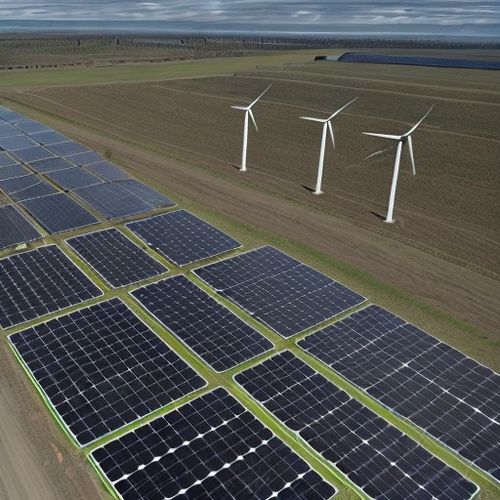
By Megan Clark/Apr 19, 2025

By Thomas Roberts/Apr 19, 2025
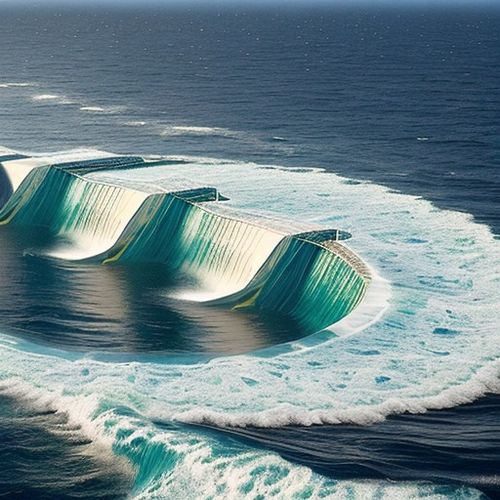
By Thomas Roberts/Apr 19, 2025

By Emily Johnson/Apr 19, 2025

By Samuel Cooper/Apr 19, 2025

By Samuel Cooper/Apr 19, 2025

By George Bailey/Apr 19, 2025

By Joshua Howard/Apr 19, 2025

By William Miller/Apr 19, 2025

By Emily Johnson/Apr 19, 2025

By William Miller/Apr 19, 2025
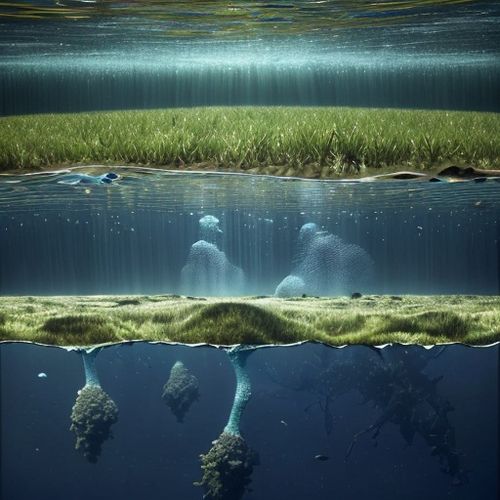
By James Moore/Apr 19, 2025
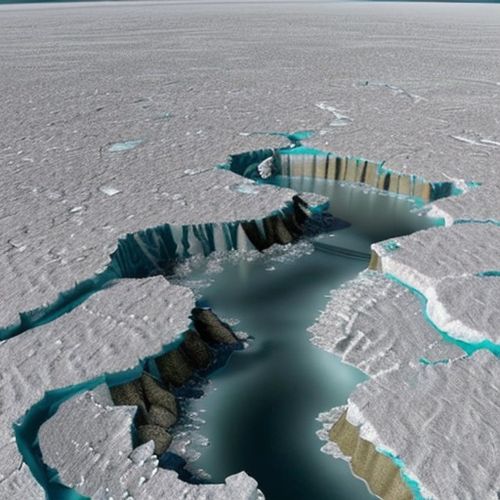
By Joshua Howard/Apr 19, 2025
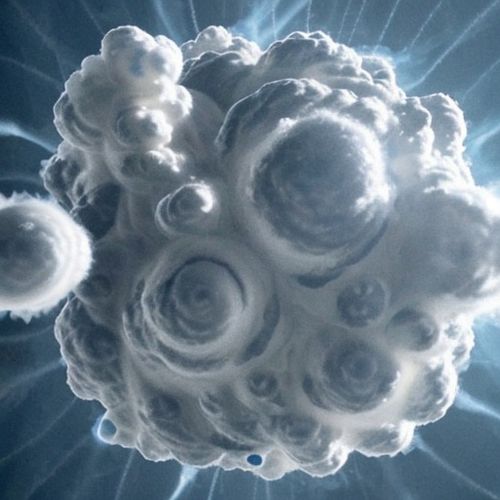
By William Miller/Apr 19, 2025

By James Moore/Apr 19, 2025

By Elizabeth Taylor/Apr 19, 2025
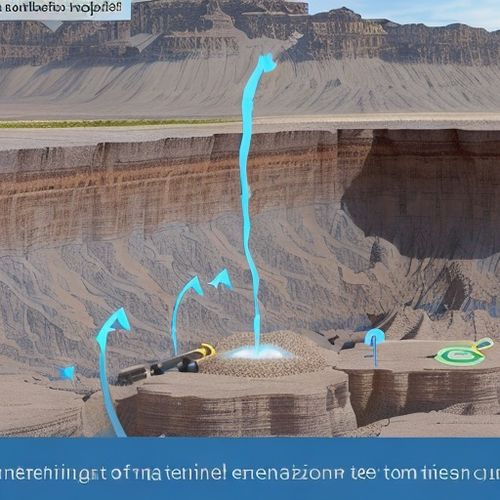
By Grace Cox/Apr 19, 2025
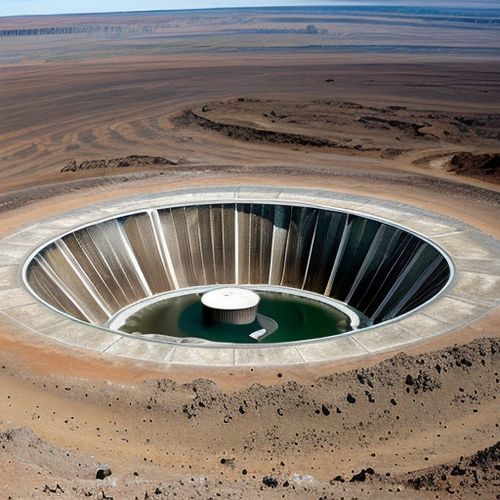
By Grace Cox/Apr 19, 2025

By Joshua Howard/Apr 19, 2025

By David Anderson/Apr 19, 2025